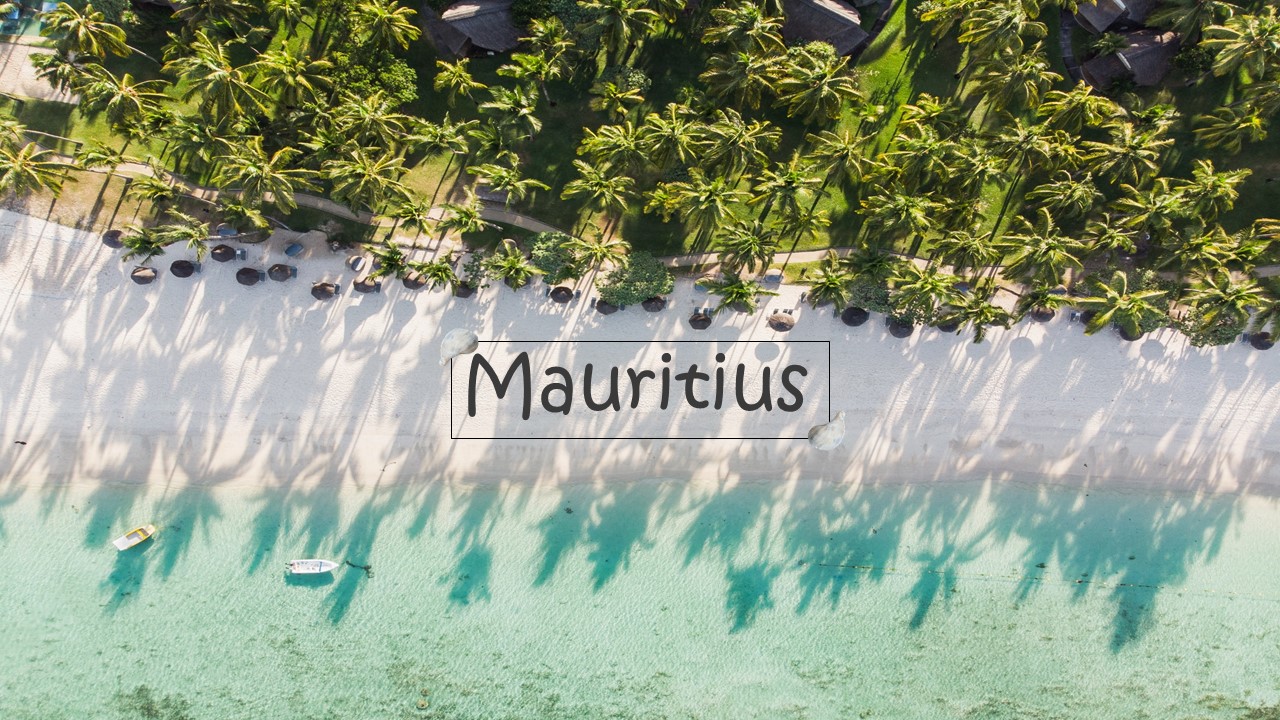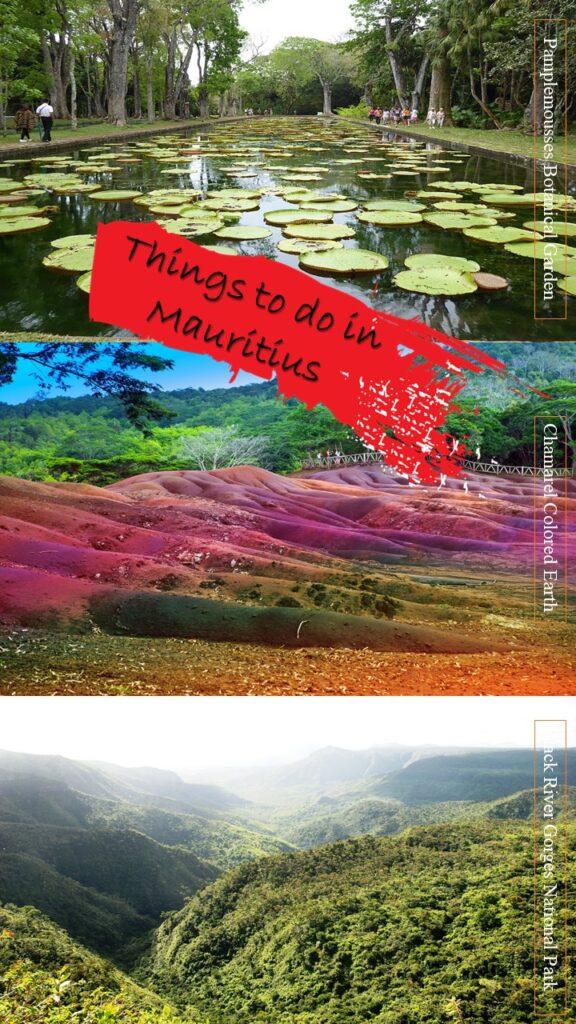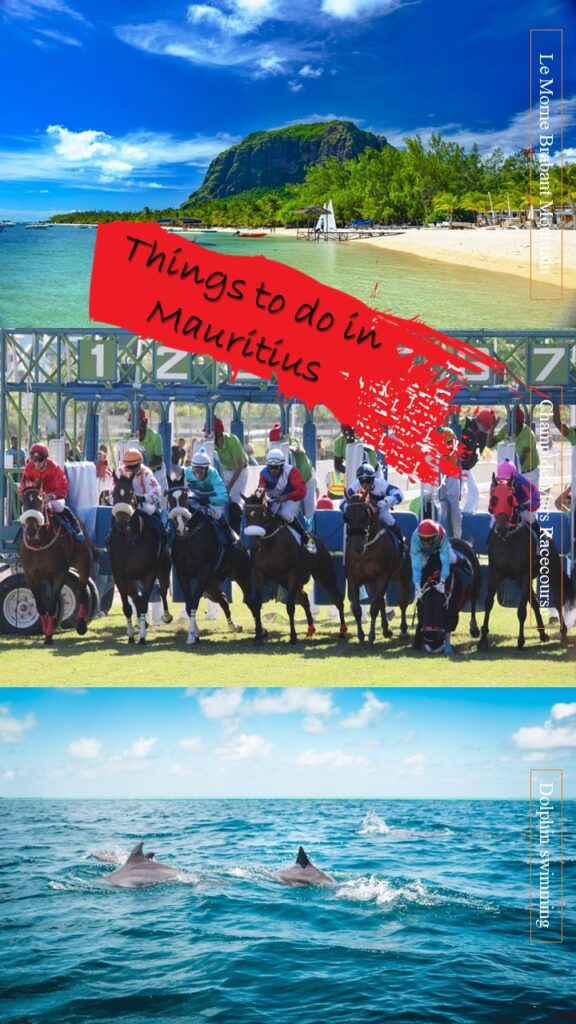Mauritius: Geography, History, Travel and Top Attractions

Mauritius island is the star and key of the Indian Ocean. And for good reason. The strategic position of this small volcanic island in the Indian Ocean is both a boon and a bane. Untouched, Mauritius island was a refuge for incredible creatures like the extinct Dodo bird. However, as man set foot on the land and development began, an ecological disaster followed. Today, what is left of the native forest and incredible beaches are sustaining a vibrant tourism industry.
Geography
Mauritius lies in the southern Indian Ocean on the east coast of Africa some 800 km east of Madagascar. It is located between latitudes 19°50’ and 20°30’ South and longitudes 57°18 and 57°46’ East. Its dependencies include Rodrigues, the Cargados Carajos Shoals, Agalega Islands, Tromelin and the Chagos Archipelago. Moreover, together with Rodrigues and Reunion, Mauritius forms part of the Mascarene Islands.
Formation of Mauritius
Mauritius island is the remains of an oceanic shield volcano that erupted some 10 million years ago. It covers a surface area of 1865 km2 and the highest point is Piton de la Petite Riviere Noire at 828 m.
Basically, volcanic activities occurred in four episodes: the breccia series, the old lava series, the early lava series and the recent lava series. The last eruption that formed the distinct topography of Mauritius took place only 25,000 years ago. Consequently, this created an irregular central plateau 300-400 m high that gently slants towards the sea.
Biodiversity of Mauritius
After years and years of weathering, a unique flora and fauna formed on this small remote island. Seeds washed ashore from the sea and through small animals giving rise to a magnificent dense forest. Trees like ebony grew tall and provided shelter for other species to multiply. Animals like birds and small reptiles eventually colonized the island where they thrived deprived of natural predators.
This safe haven permitted a distinctive ecosystem to develop with each species depending on each other. That was until man arrived.
History of Mauritius
Generally speaking, the Phoenicians probably visited Mauritius some 2000 years ago. The Malays and Arabs also must have stopped by the island to rest along their journeys. The Portuguese were the first people to actually visit the island in the sixteenth century. But they took no interest in it.
Dutch colonization
It was in 1638 that the Dutch colonized Mauritius in order to export resources like ebony. They introduced sugarcane as well as other organisms like rats, deer and pigs. Altogether, these creatures wreaked havoc on the island.
The Dutch eventually left Mauritius due to cyclones that frequently damaged their properties. By that time, the number of Dodos on Mauritius had plummeted and they ultimately became extinct later in the century.
French rule
In 1715, a French expedition landed on Mauritius and claimed it for France as Isle de France. The French extensively developed the island, especially under governor Mahe de Labourdonnais. He established Port Louis as a naval base, planted various spices and strengthened the sugar industry. The French also brought slaves from India and various parts of Africa to serve them and work the land.
Following the Napoleonic Wars, Mauritius became a naval base from which French corsairs frequently attacked British ships. On this account, a British expedition attacked and captured Mauritius in 1810.
British rule
Thus, under the British governor Robert Farquar, economic and social changes quickly escalated in Mauritius. When slavery was abolished on February 1, 1835, the British brought indentured labourers from India, China and Malaysia. Eventually, Mauritius became a key location for trade in indentured labourers in the southern hemisphere.
Independence of Mauritius
British rule ended on March 12, 1968, as Mauritius claimed its independence. It also amended its Constitution and became a republic within the Commonwealth in 1992.
Today, the local population of Mauritius is a mosaic of people that came to the island either as master or slave. It is a place where Europeans, Africans, Indians and Chinese have learned to mingle and live peacefully.
Travelling to Mauritius
From this blend of ethnicities, the Mauritian culture emerged which is reflected in its food to the way it greets people. Mauritius offers a fascinating experience to travellers. From spotless white beaches to lush green forests, the small island rhymes with adventure and leisure.
Language
Basically, the official language is English, though Mauritian creole is the native one. Most people fluently speak Creole, French and English. What’s more, some ethnic groups also speak Mandarin and the Indian dialect, Bhojpuri.
Weather in Mauritius
Mauritius has beautiful weather all year long with two main seasons: summer and winter. Summer lasts from November to April with February being the hottest month. It is also the rainy season but more often than not, precipitation is localized to certain regions.
So, it is totally normal for rain to fall in an area at a particular time and for the sun to shine bright the next minute. This is because the topography of the island created distinct micro-environments each with its own micro-climate.
The maximum temperature can reach up to 32°C in summer though on average it’s about 29°C. Additionally, cyclones form during the summer months but Mauritius is quite resilient to them.
In contrast, winter spans from May to October and is also the dry season. The temperature is quite cool and can reach a minimum of 15°C on the central plateau. Nevertheless, it is the moment when the aeroplane ticket prices are the lowest.
What to pack for Mauritius?
When it comes to clothing, better pack light materials for moving around including some formal/semi-formal clothing. Also, it is important to dress decently when visiting cultural places like temples or to take part in cultural activities. And finally, depending on the activities you will undertake, pack your beachwear, sunglasses, hiking shoes and insect repellent.
Things to do in Mauritius
Tourists can enjoy a plethora of activities in Mauritius ranging from diving to hiking. Generally speaking, the island is surrounded by fabulous white beaches except in the south. People can thus enjoy various underwater activities, swim with dolphins and embark on catamaran cruises.
Similarly, tourists can enjoy a multitude of hiking trails given the hilly nature of the island. As ecotourism is also gaining grounds in Mauritius, more ecotourism activities are popping up. At the same time, many familiar attractions are also rebuilding themselves to attract more tourists.
Top 7 attractions in Mauritius
Nevertheless, in order to feel how special Mauritius is, these top 7 attractions are the best. And they are also free except for Pamplemousses Botanical Garden!
1. Black River Gorges National Park
Today, less than 2% of the original forest remains in Mauritius and it is mostly restricted to the Black River Gorges. Lush green hills undulate through the reserve giving a glimpse of what the island was like when the Dodos were still alive. Many endemic trees and birds still grow and live in the forest such as the Pink Pigeon and the Mauritius Kestrel.
Strikingly, the Black River Gorges National Park is comparable to the Bwindi Impenetrable National Park of Uganda. Generally, the latter park is world-famous for its conservation of the highly endangered mountain gorilla. As it goes, the Black River Gorges National Park also has such a high level of endemism and natural beauty.
2. Le Morne Brabant Mountain
Le Morne Brabant is a small mountain located in the south-west of the island. This UNESCO World Heritage Site represents maroonage or freedom from slavery. Back in the days, Mauritius was heavily involved in the eastern slave trade. So, very often, slaves would run away from their masters to hide in the mountain’s caves or to commit suicide by jumping off the cliffs.
Now, Le Morne Brabant Mountain symbolizes the pain that slaves had to endure to be free. Though this phenomenon existed in many places around the world, it is still alive there.
Additionally, the illusion of the underwater waterfall of Mauritius is also visible from the mountain top.
3. Pamplemousses Botanical Garden
The Pamplemousses Botanical Garden is a symbol of French colonization in Mauritius. Initiated as a vegetable garden by Pierre Poivre in 1770, it is now the oldest botanical garden in the southern hemisphere. Various local and foreign plants and trees grow in the garden and there are also small pens for tortoises and deer.
Besides the natural beauty of the garden is also the majestic Chateau de Mon Plaisir where governor Mahe de Labourdonnais lived. This formidable colonial house takes one back to the 1700s when greenery was the luxury.

4. Chamarel colored earth
The Chamarel coloured earth site exemplifies the beauty of Mauritius as a volcanic island. Small soil dunes roll about the small site of Chamarel in colours of red, brown, green, blue, yellow, violet and purple.
This phenomenon is basically a result of years and years of weathering of the basaltic rocks. As the lava spread out and weathered, various chemicals washed out and/or stayed in. In time, they formed the different layers of coloured earth.
5. Trou aux cerfs volcano
Formed in the Old lava series some 2 million years ago, Trou aux cerfs volcano lies in the centre of Mauritius. It is 605 m above sea level, 350 m in diameter and some 100 m deep. A lake lies at the centre of the crater that is itself bordered by trees and vegetation.
Trou aux cerfs volcano has been inactive for the past 100,000 years. Nevertheless, quite often, weak seismic activities have been recorded in the region. Because of this, it is very probable that the volcano might erupt in coming times.
6. Aapravasi Ghat
Another UNESCO World Heritage Site in Mauritius is the Aapravasi Ghat. Located in the capital of Port Louis, this site is the place where thousands of indentured labourers from India disembarked.
Between 1834 and 1920, the British used Mauritius as the first site for ‘the great experiment’. In other words, replacing slavery with free labour.
Many of these laborers worked in sugarcane plantations in Mauritius. Others still were eventually sent to Reunion, Australia, Africa and the Caribbean for the same purpose. The remnants of the Aapravasi Ghat represent one of the greatest migrations in human history.
7. Champ de Mars
Mauritius proudly boasts of having the second oldest racecourse in the world, the first being the Chester racecourse in England.
This 1298 m circuit was originally a training ground for French troops. But when the British took over Mauritius, they turned Champ de Mars into a racecourse in 1812. British Colonel Draper founded the Mauritius Turf Club and the first race took place the same year.
Within the premises of Champ de Mars is also the tomb of Anne-Joseph-Hippolyte de Maures de Malartic. He was the governor of Mauritius in 1792 and much appreciated by the community. Unfortunately, he died of a stroke in 1800 and was buried in an uncompleted tomb. An obelisk was eventually erected at Champ de Mars to commemorate of his service to the nation.


Pingback: Volcanic Eruptions: Positive and Negative Effects - Yo Nature
Pingback: Poaching – the cruelty driven business - Yo Nature
Pingback: Why islands must protect their mangroves - Yo Nature
Pingback: The concept of Ecological Footprint explained - Yo Nature
Pingback: Negative impacts of tourism on the environment - Yo Nature
Pingback: Negative effects of sea-level rise - Yo Nature
Pingback: Sustainable tourism in Mauritius: Measures in place - Yo Nature
Pingback: Dodo Bird of Mauritius: From Discovery to Extinction - Yo Nature